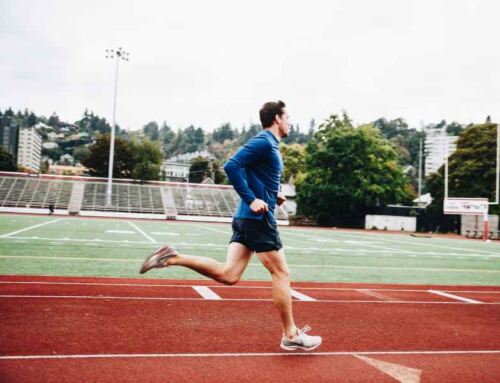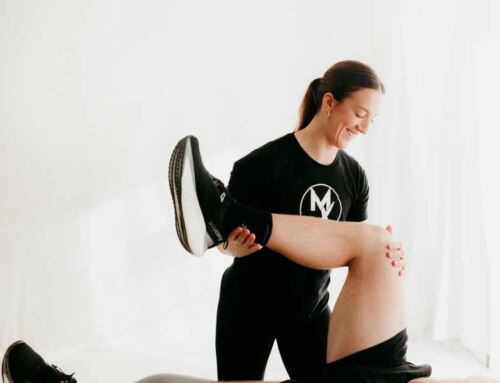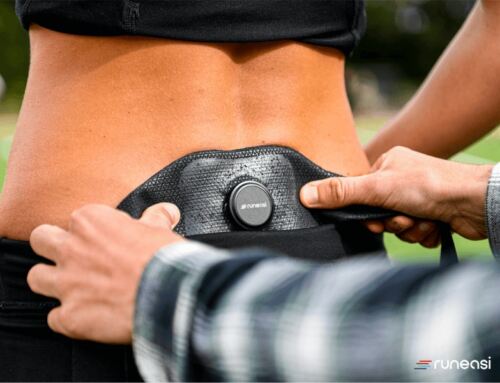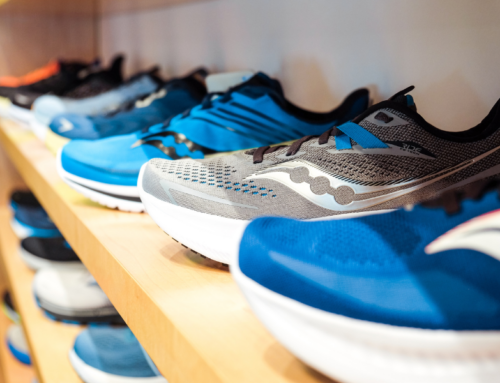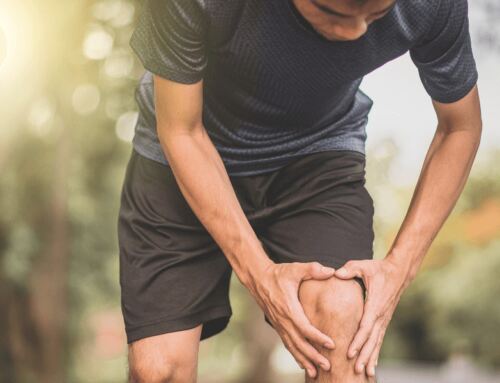Inject it and Correct it: The Importance of Physical Therapy after Regenerative Injections for Runners
As runners, we understand the joy and challenges that come with pursuing our passion. Whether it’s the thrill of crossing the finish line or the perseverance required during training, running enriches our lives in countless ways. However, with the high intensity and repetitive nature of running, injuries can sometimes sideline even the most dedicated athletes. When injuries occur, seeking regenerative services such as prolotherapy, platelet rich plasma therapy or stem cell therapy can be a game-changer in speeding up recovery and restoring optimal function. But what comes next after regenerative therapy?
The Vital Role of Physical Therapy for Runners Post-Regenerative Therapy
- Essential for determine the roots of the injury that required regenerative therapy
- After the injured tissue is injected correct strength and movement patterns are important for proper healing
- Correct run form is necessary so the healing tissue is not reinjured
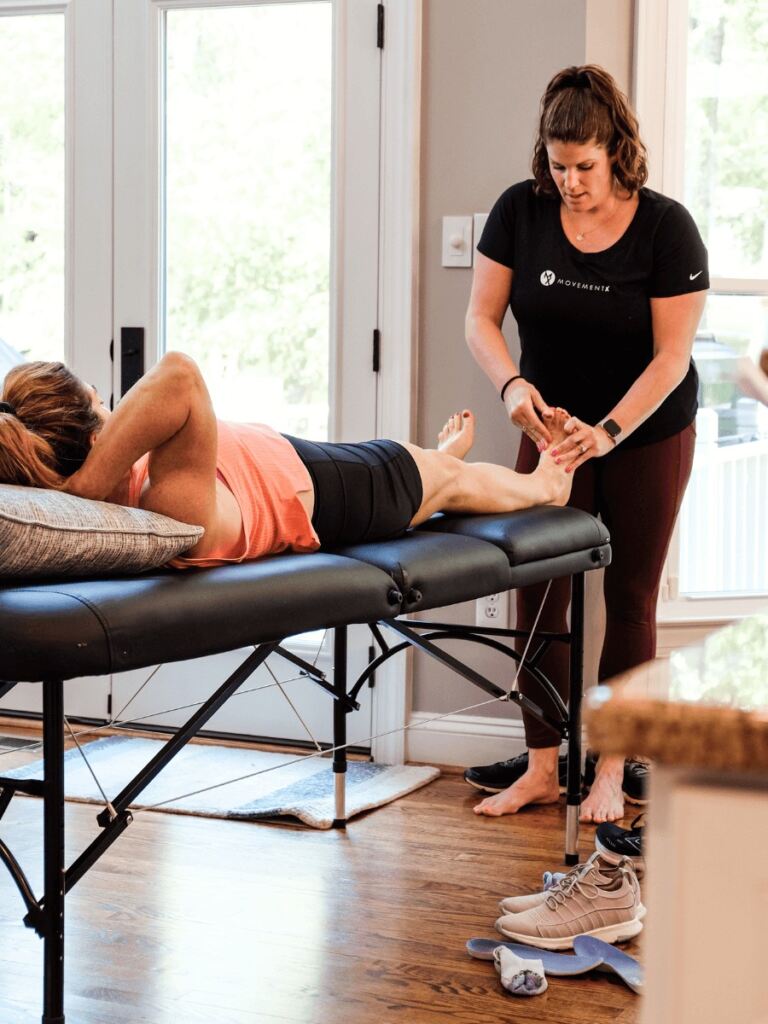
Understanding Regenerative Therapy
Regenerative therapies such as prolotherapy, PRP (Platelet-Rich Plasma) injections and stem cell treatments have revolutionized sports medicine by harnessing the body’s natural healing processes. These treatments aim to repair damaged tissues, reduce inflammation, and promote tissue regeneration. When a chronic running injury is nagging you and not responding to conservative measures, exploring diagnostic ultrasound and regenerative medicine may provide you with the answers you need. For runners dealing with conditions like tendonitis, ligament injuries, or cartilage damage, regenerative therapy offers a promising path to recovery but is most successful when followed up by physical therapy from a therapist experienced with treating runners
The Role of Physical Therapy
While regenerative therapy can initiate healing at a cellular level, the rehabilitation process doesn’t stop there. Physical therapy (PT) plays a crucial role in the holistic recovery journey of a runner post-regenerative therapy. Here’s why it’s indispensable and a must for return to running safely and effectively:
1. Restoring Strength and Function
After regenerative therapy, muscles, tendons, and ligaments need to regain strength and flexibility. Seeing a run-specialized physical therapist can help you create a personalized exercise program that is functional to the runner and is designed to gradually rebuild muscle endurance and restore full range of motion. These exercises are tailored to address specific weaknesses and imbalances that may have contributed to the injury. Most importantly, they can target the injured tissue to regain strength in the proper movement pattern.
2. Improving Biomechanics
Many running injuries stem from poor biomechanics or faulty running technique. A physical therapist can video analyze running mechanics to identify issues such as overpronation, stride imbalances, poor posterior chain use and improper foot strike. Then a customized plan is developed to help you return to running safely. By correcting these biomechanical flaws through gait analysis and targeted exercises, PT helps prevent future injuries and enhances running efficiency.
3. Enhancing Proprioception and Balance
Proprioception, the body’s ability to sense its position in space, and balance are crucial for injury prevention and optimal performance. PT incorporates exercises that challenge proprioception and improve balance, reducing the risk of re-injury on uneven terrain or during sudden movements.
4. Pain Management and Rehabilitation
While regenerative therapy addresses the root cause of pain, physical therapists provide pain management techniques such as manual therapy, therapeutic ultrasound, or electrical stimulation to alleviate discomfort during the rehabilitation process. They also educate runners on self-care strategies like icing, stretching, and foam rolling to manage pain and promote recovery between sessions.
5. Psychological Support and Motivation
Enduring an injury can take a toll on a runner’s mental resilience and motivation and regenerative therapy is taxing both physically and mentally. Physical therapists serve as mentors and motivators, offering encouragement throughout the recovery journey. They help runners set realistic goals and celebrate milestones, fostering a positive mindset essential for a successful return to running.
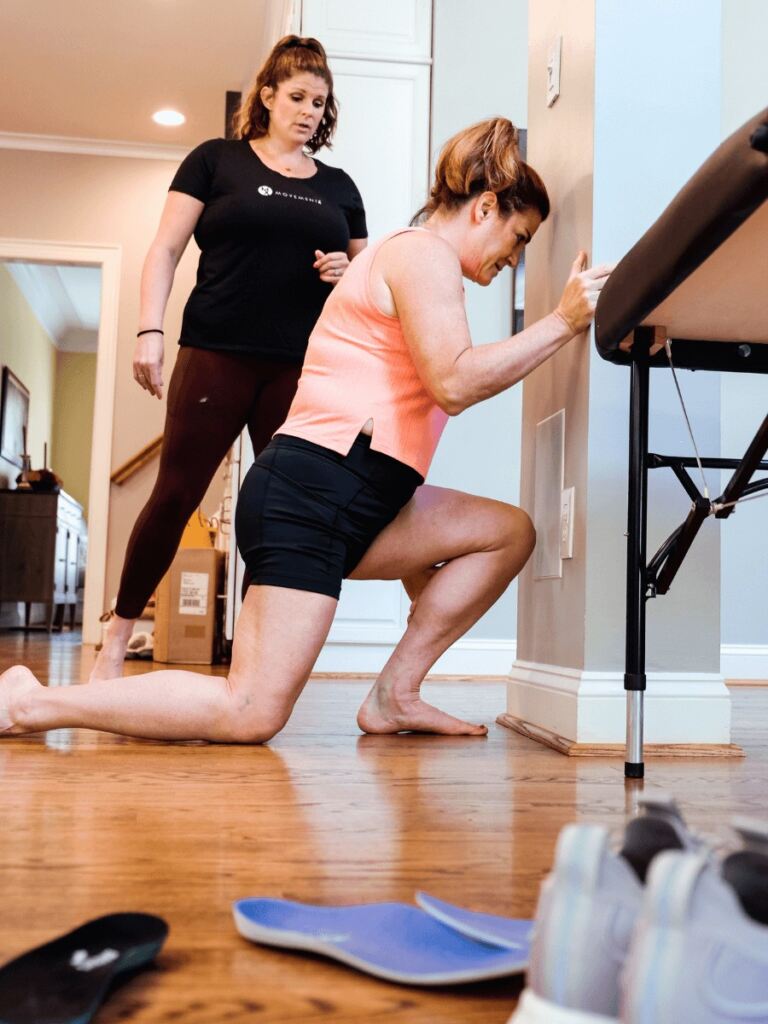
The Long-Term Benefits
Investing in run specific physical therapy post-regenerative therapy is not just about getting back on track; it’s about laying a foundation for long-term health and performance. By addressing underlying weaknesses, improving biomechanics, and enhancing overall fitness, runners can minimize the risk of future injuries and prolong their running careers.
In Conclusion
In the world of running, injuries are often seen as setbacks, but they can also be opportunities for growth and improvement. Regenerative therapy provides a powerful tool for healing damaged tissues, but its effectiveness is maximized when combined with comprehensive physical therapy. By embracing PT as an integral part of the recovery process, runners empower themselves to return stronger, fitter, and more resilient than before. So, if you’re a runner recovering from an injury, remember: physical therapy isn’t just a path back to running; it’s a path to running better and healthier than ever before.


